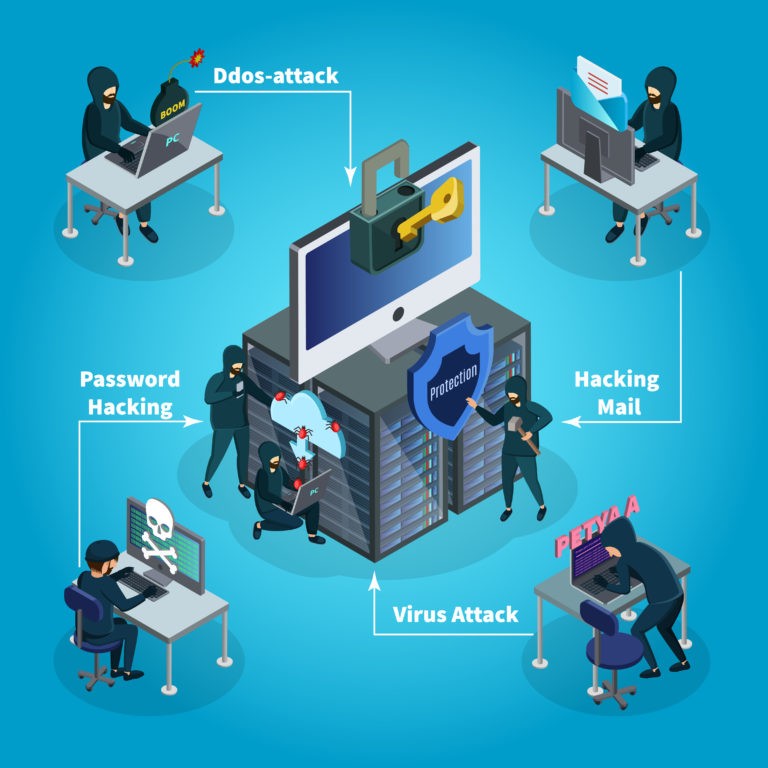
What is Attack Surface?
Attack Surface
An attack surface, also known as digital footprints, are all the points in a computer network that an unauthorized user can exploit to get access to confidential data. The attacker’s goal is usually to steal or manipulate information for illicit purposes. The goal of every security team is to keep the attack surface as small and secure as possible.
What is Attack Surface?
The attack surface of a computer environment consists of thousands of system elements, assets, endpoints, components, and millions of signals across both public and private cloud infrastructures that are vulnerable to a third-party attack. In today’s increasingly digital world, burgeoning attack surfaces are often exploited by hackers for monetary benefits.
For instance, statistics showed that almost half of Fortune 500 companies had employee email addresses and passwords exposed in hacker forums during 2014. These large institutions with more experience and resources are still finding it challenging to combat basic password exposure. This shows the magnitude of the threat to small and medium businesses.
Types of Attack Surface
The two main categories of attack surface are:
Digital Attack Surface: It entails all the hardware and software points connected to a firm’s computer network such as websites, servers, ports, and applications. A third-party user exploits these points to access the digital system of a firm. An example of a cybercriminal exploiting a digital attack surface is intercepting your SMS text verifications for a man-in-the-middle attack.
Physical Attack Surface: This includes all the components that an unauthorized user can gain physical access to. It includes devices such as mobile phones, hard drives, SIMs, USBs, computers, and so on. A physical attack surface also includes passwords or log-in credentials written on Post-it notes, discarded papers, etc. A perfect example of a vulnerable physical attack surface is an unlocked and unattended workstation in the workplace.
How to Minimize the Attack Surface.
Here’s how organizations can reduce the potential attack surface points:
- A holistic system ensuring the right people for the right level of access to the firm’s data.
- Deployment of solutions that will automate security as much as possible and reduce the need to rely on people for security.
- Automate the provisioning and deprovisioning of passwords to ensure you know what accounts each employee always has access to.
- Discard unnecessary codes, software, servers, and devices to reduce the possible number of attack points.
- Constant scanning of the organization’s computer network and eliminating the potential vulnerabilities.
- Inducing firewall strategies to block the attacks of cybercriminals.
Educate employees on cybersecurity to help them assess the telltale signs of a potential cyberattack. Attack vectors can be better defended with educated and aware users.
Minimizing the attack surface area and reducing the risk of cyberattacks is no easy feat for firms looking to expand their business operations by embracing new technologies. Cybercriminals are also employing sophisticated techniques to exploit an organization’s vulnerabilities.
Because of this, SMB owners need to implement practices – or hire professional services – to monitor their attack surfaces to identity and ward off the potential threats quickly and efficiently.
Enterprise 2FA and password manager. One key for all your passwords. Experience fully automated login and security. For example, faster MFA, auto-OTP, password manager, and worry-free workflow with proximity-based privileged access management for Windows 11, 10, 8, 7, VPNs, websites, and desktop applications including MES, EHR, CAD, and more. Overall, a massive upgrade to security and efficiency.
or call 240-547-5446

